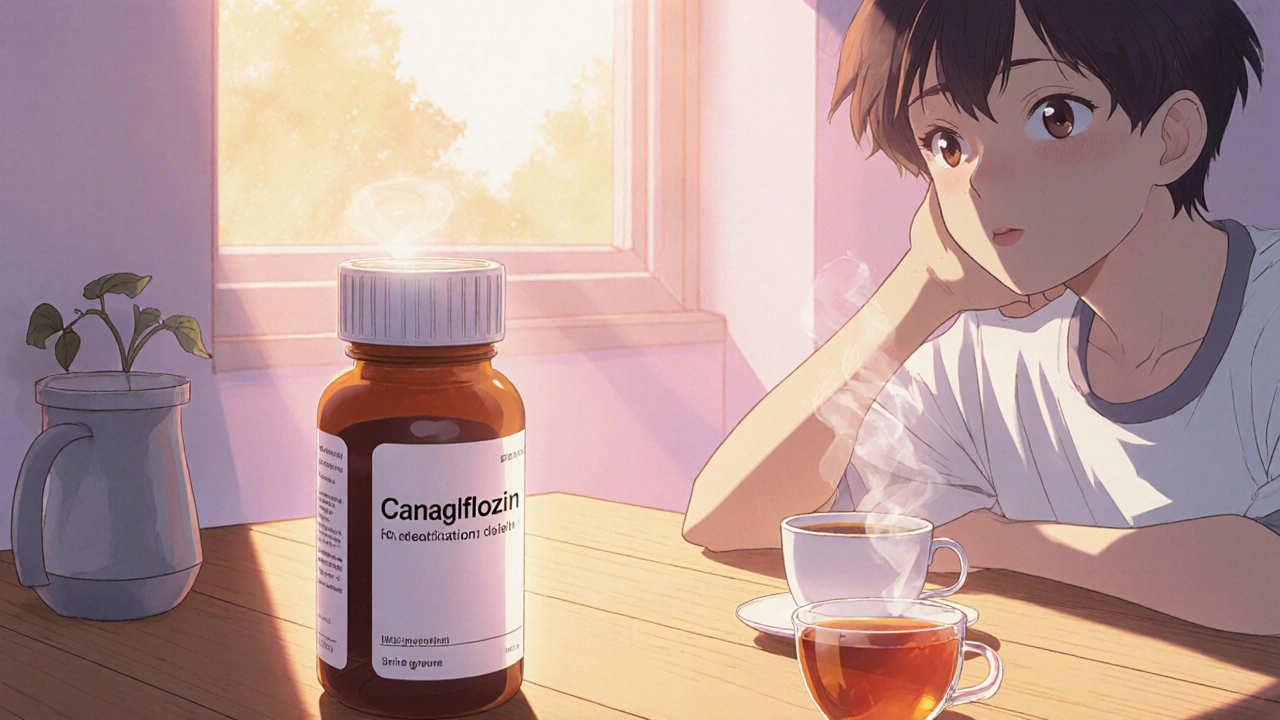When you have diabetes, your body struggles to manage blood sugar, and that doesn’t just affect your energy or hunger—it quietly damages your eyes. Diabetic retinopathy, a complication of diabetes that damages the blood vessels in the retina. Also known as diabetic eye disease, it’s the leading cause of vision loss in adults under 65 in the U.S. This isn’t something that happens overnight. It creeps in over years of uncontrolled blood sugar, often without symptoms until the damage is advanced. Many people don’t realize their vision is fading until they can’t read street signs or see faces clearly.
High blood sugar weakens the tiny blood vessels in the retina, the light-sensitive layer at the back of your eye. These vessels start to leak fluid or bleed, causing swelling and blurred vision. Over time, the body tries to fix the damage by growing new blood vessels—but these are fragile and abnormal. They can rupture, cause scar tissue, or even pull the retina away from the back of the eye, leading to sudden vision loss. Blood sugar control, the consistent management of glucose levels through diet, medication, and monitoring, is the single most important factor in preventing or slowing this process. Studies show that keeping HbA1c below 7% cuts the risk of retinopathy by more than half. Retinal damage, the physical harm to the eye’s light-sensing tissue caused by prolonged high glucose doesn’t reverse itself, but it can be stopped.
It’s not just about insulin or pills. Blood pressure and cholesterol matter too. People with diabetes who also have high blood pressure are at much higher risk for severe retinopathy. That’s why regular eye exams aren’t optional—they’re lifesavers. A simple retinal scan can catch early changes before you notice anything wrong. If caught early, laser treatment or injections can prevent blindness in most cases. But if you wait until your vision is blurry, it’s often too late for full recovery.
You might think, "I feel fine, so my eyes must be okay." But diabetic retinopathy doesn’t hurt. It doesn’t make your eyes red or watery. It just steals your sight quietly. That’s why checking your blood sugar daily and getting an eye exam at least once a year isn’t just good advice—it’s your best defense. The posts below cover real-world strategies: how certain medications affect eye health, what supplements might help (or hurt), and how other conditions like high blood pressure or kidney disease make retinopathy worse. You’ll find practical tips from people who’ve been there, and clear comparisons of treatments that actually work. This isn’t theory. It’s what keeps people seeing.

Learn how canagliflozin can affect your eyes, what the latest research says, and practical steps to keep your vision safe while managing diabetes.
